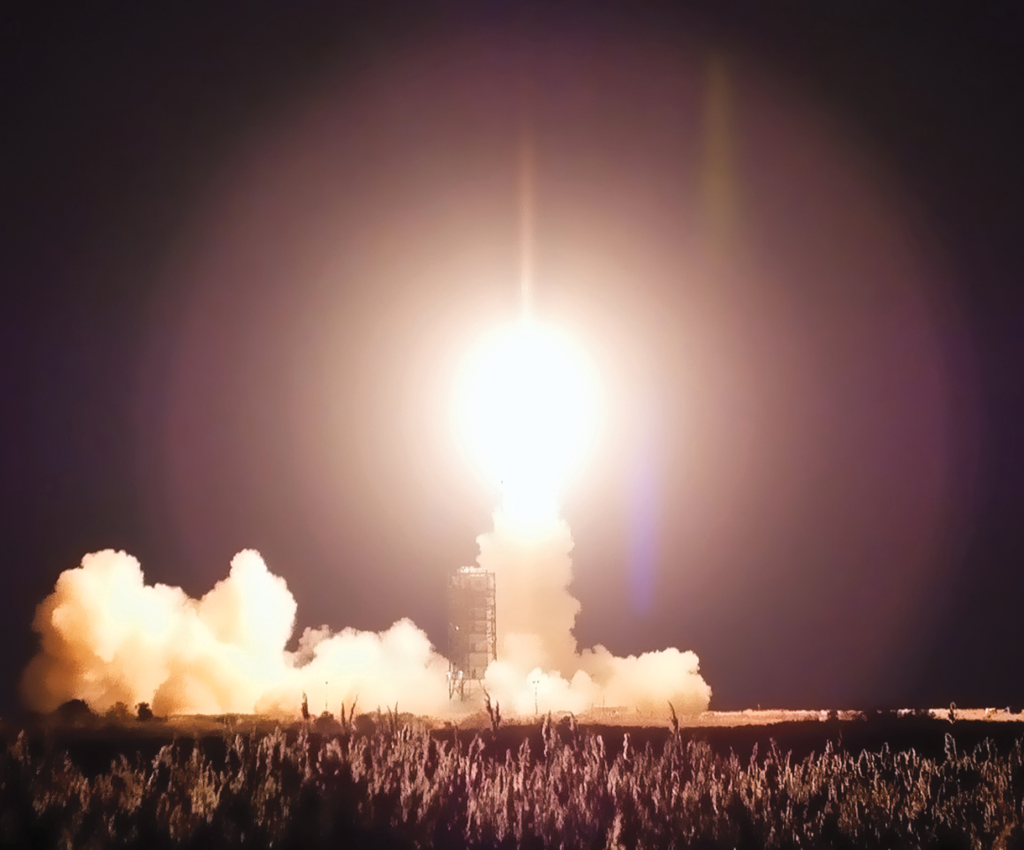On November 19, 2013, a U.S. Air Force Minotaur 1 rocket blasted off into orbit from NASA’s Wallops Flight Facility carrying a little bit of Aloha and a lot of history with it.
In the payload bay was a CubeSat called Ho‘oponopono 2, or H2, constructed entirely by graduate and undergraduate engineering students at the UH Mānoa Small-Satellite Lab.
When it reached orbit, H2 became the first UH-built satellite to circle the Earth and joined an elite group of student-designed orbiters to reach space. It was also the culmination of over three years of design and construction by over 30 students in the cutting-edge program established at UH Mānoa by Electrical Engineering Professor Wayne Shiroma in 2001.
With dimensions comparable to a loaf of bread, H2’s experimental mission was to perform radar calibration and performance monitoring for U.S. Department of Defense radar stations that track objects in space. That task was previously carried out for the past 20 years by RADCAL, a satellite that was 20 times larger and whose mission was 40 times more expensive than the $220,000 cost of H2. A second CubeSat Ho‘oponopono 3, is planned to incorporate lessons learned from the first mission and will also be placed in a higher orbit.
“Small satellites aren’t just enablers of new technologies and systems,” said Shiroma, who is also chair of the electrical engineering department. “They’re enabling a whole new generation of students for whom traditional educational methods don’t seem to work. These students find open-ended, discovery-based, group learning to be more effective than the traditional blackboard-and-textbook educational paradigm.”
Shiroma’s students have helped write proposals that have resulted in over $1 million in extramural funding and four launches. They also contributed to numerous publications including the first book on educational CubeSats and have pursued advanced degrees and careers in the space industry.
Three of Shiroma’s former students who served as leaders for the program—Aaron Ohta in 2003, Blaine Murakami in 2005, and Larry Martin in 2012—were recognized as the top electrical engineering seniors in the nation, receiving the IEEE/HKN Alton B. Zerby and Carl T. Koerner Outstanding Electrical/Computer Engineering Student Award.
“Small-satellite project-based learning not only emphasizes the multidisciplinary aspect of engineering, but also integrates life experiences that result in a different kind of engineer that is more adaptable in today’s rapidly changing work environment.”
Space is hard—but the students and faculty at the University of Hawai‘i’s Hawai‘i Space Flight Laboratory, UH Mānoa Small Satellite Lab and UH Community Colleges are not letting that get in the way of their lofty goals and high aspirations.

